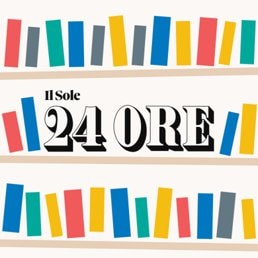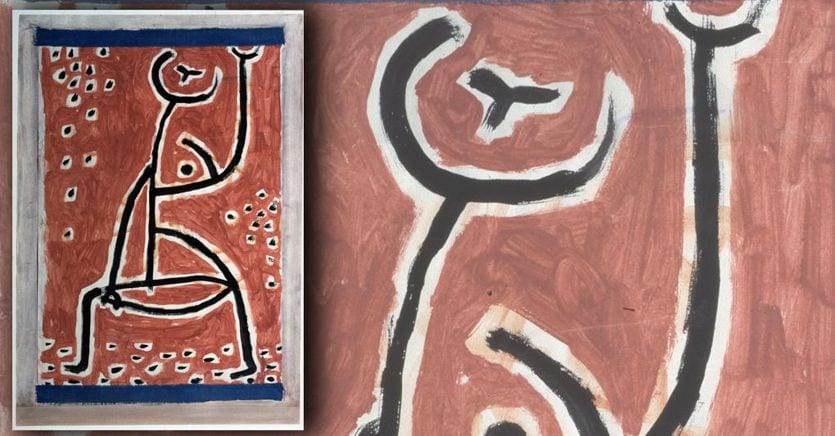Art, as we know, is a civil, moral and political commitment. It is a sensitive manifestation – more direct, immediate, and therefore intuitive with respect to the conceptual vehicle – of a message, be it rational or emotional.
Thus, at least, it has been widely understood in the last century, on the basis of the attempt to combine the engagé inspiration that sprouted under the banner of the ideal temperatures of the twentieth century with the late capitalist desire for immediacy.
The presentism of our contemporaneity shuns mediations, synthesis and composition processes, prefers direct and instant communication, the discrete to the continuous, and even art conforms to this socio-cultural requirement. Yet, a karst sensitivity to our civilization, a minority but not at all irrelevant, reminds us that art is, originally, a playful gesture.
The game
The game – explains Johan Huizinga in his famous Homo ludens – is «a free action: aware of not being taken“ seriously ”and situated outside the usual life, which nevertheless can totally take over the player; action to which in itself a material interest is not linked, from which it does not derive an advantage (…) and arouses social relations that easily surround themselves with mystery or accentuate their diversity from the usual world by disguise “.
Art lives in intimate familiarity with the game
Art, the most radical one, lives in intimate familiarity with the game. It conveys nothing – nothing that can be conceptualized in didactic terms – if not itself, it shines, like the rose sung by the German mystic Angelus Silesius, ohne warum, without why. Here lies the dark heart of beauty, the disarming and radical power of its radiations. Its immediacy always, whether we like it or not, is de facto mediated. Just like the divine, that acute “discontinuous spark that refers to something complete and continuous” (Roberto Calasso, L’innominabile current). art subverts common sense: in its abysmal and perturbing mystery (unheimlich) lies its very concrete and unattainable presence.

Making the invisible visible
Martin Heidegger, in commenting on the aforementioned passage from Silesius’s cherubic pilgrim, noted: «Flowering is founded on itself, it has its own foundation in itself and in itself. Flowering is pure unfolding from itself, pure shining. The most ancient Greek thinkers said Φύσις ». Here: art that does not want to prove anything manages to make the invisible visible. It, in its incessant game, refers, more or less consciously, to this cognitive and praxistic posture: it proceeds similarly to nature, the Φύσις of which Heidegger speaks, which unfolding according to its own rules always returns to itself. This return takes place through that gap in which, precisely within the aesthetic experience, the onlooker “transcends” himself in the encounter with the work. Here a “very serious” game is born – as serious as life and as old as the world.
